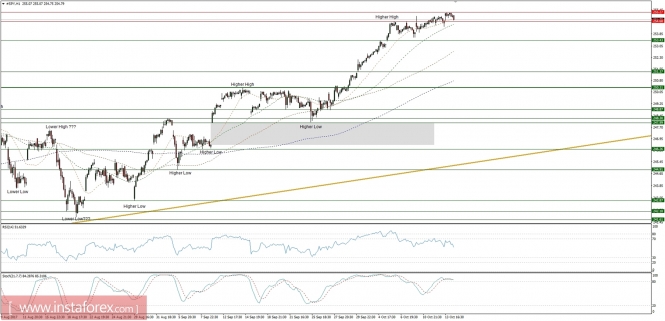Global macro overview for 16/10/2017:
The CPI inflation in the US increased slightly to 2.2% in September from 1.9% in August. Core inflation, excluding food and energy prices, remained at 1.7% on a yearly basis. Within a month, the overall CPI rose by 0.5%, reflecting a significant increase in fuel prices (by 13%) following Hurricane Harvey, but this will probably be reversed later in the year. The monthly increase in the core index (0.1% m/m) was modest. The core inflation is constrained by falling car prices and drugs that are unlikely to keep dropping for long. In the medium term, sustained economic growth should also result in accelerating core inflation.
Rebounded after hurricane recovery, retail sales in the US increased by 1.6% in September after a 0.1% drop in August, which was just slightly below expectations. Car sales rose by 3.6% on a monthly basis, which is a part of the recovery after the hurricane that destroyed at least 300,000 cars. Excluding automobiles, core sales increased by 1.0%, reflecting rising fuel prices. Real consumption growth may have slowed somewhat in Q3 of 2017 (to 2.0% from 3.3%), but its growth prospects in the coming quarters are very good given the current situation in the labor market and improving consumer sentiment. Impressed by optimism among US households, the University of Michigan index rose to 101.1 in October from 95.1 points in September and was clearly higher-than-expected and the highest since 2004.
Let's now take a look at the SPY (SP500 ETF) technical picture on the H1 time frame. The market has made a marginal new high at the level of 255.27, but the clear bearish divergence between the price and momentum indicator and overbought trading conditions are indicating a test of the support at the level of 253.43.

